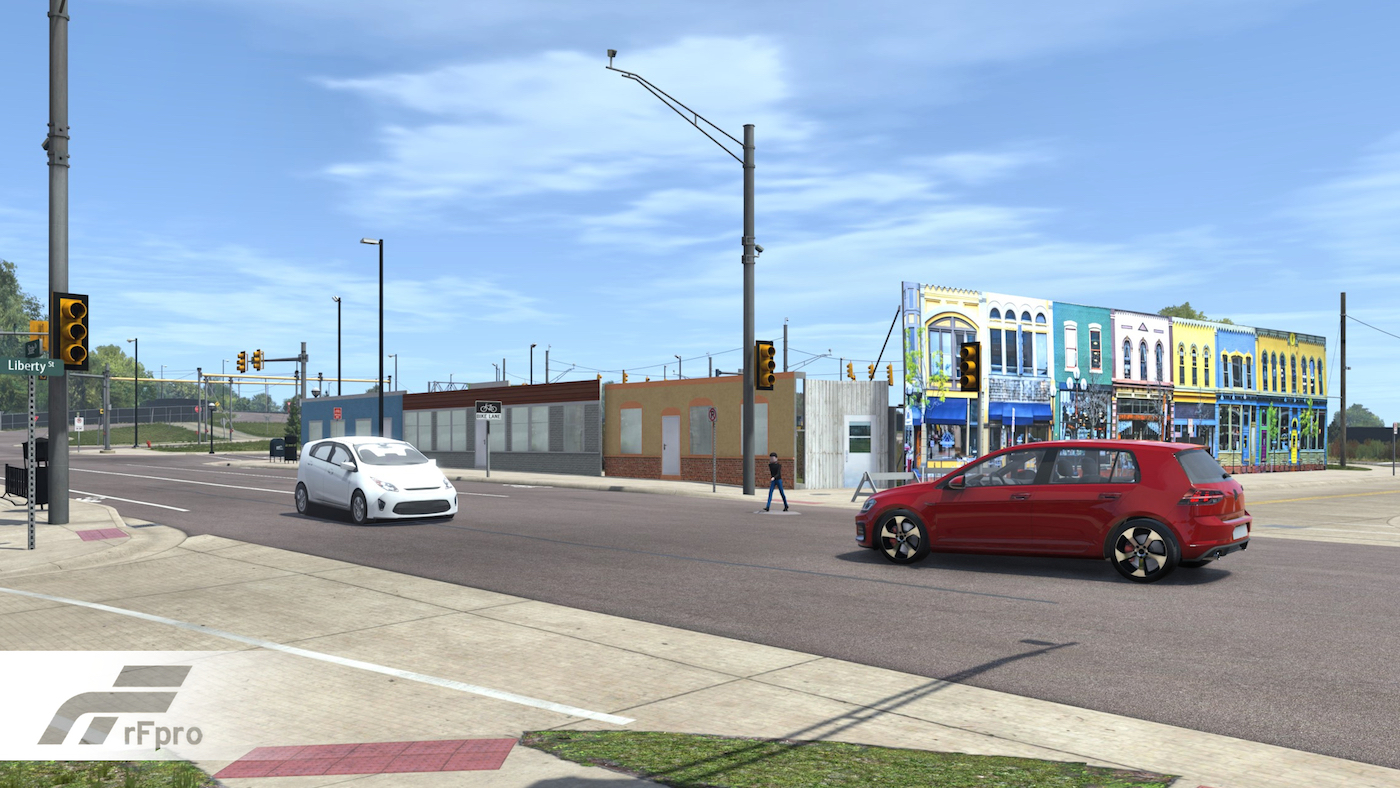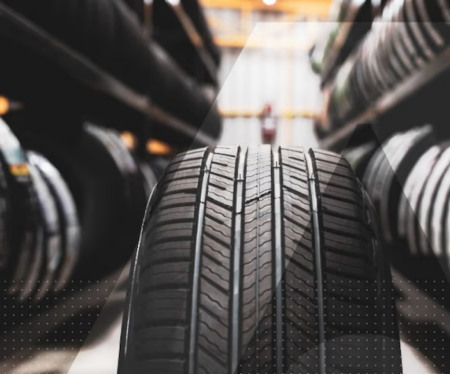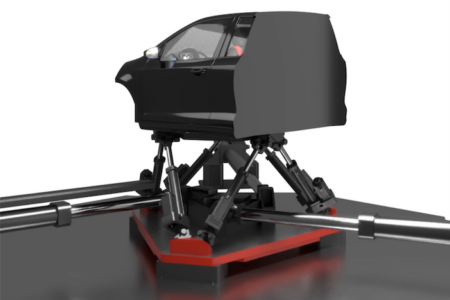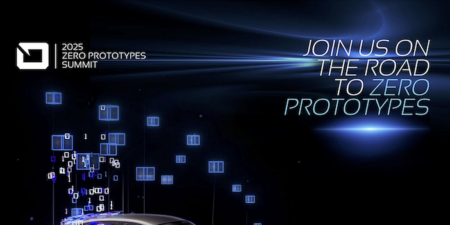Simulation software specialist, rFpro, has created an accurate digital twin of Mcity, a purpose-built facility at the University of Michigan in the USA designed for testing connected and automated vehicles and technologies under controlled, realistic conditions. The benefit of the digital twin is that it enables vehicle manufacturers and technology suppliers to accelerate development, using simulated tests that correlate with real-world experiments.
This correlation of tests will enable customers to prepare simulations ahead of each visit to the physical site. Tests at the real-world track can also be used to validate the simulated tests, ensuring that the large-scale testing that can be achieved in simulation, is accurate and reliable.
Like its real-world counterpart, the digital twin contains a wide range of different roadside objects and materials to ensure accurate simulation of radar, LiDAR and camera sensors. rFpro used survey-grade LiDAR equipment to capture a digital copy of the environment that is accurate to less than 1mm. Road layouts, lanes and junctions are described inside rFpro in OpenDrive, IPG Roads and Sumo formats – three of the main industry standards for road network descriptions – which means the rFpro Mcity digital twin is compatible with all major vehicle and modelling tools.

A variety of tests in a single model
Mcity is one of the first purpose-built autonomous-focused proving grounds, and is situated on a 32-acre site at the University of Michigan, with more than 16 acres of road and traffic infrastructure. The outdoor laboratory can be used to simulate the broad range of complex situations that vehicles may encounter on roads in urban and suburban environments.
Huei Peng, director of mechanical engineering at the University of Michigan commented, “We are excited that rFpro is offering a digital twin of our facility as we believe it will bring significant value to our researchers and industry partners. The Mcity Test Facility was purpose-built for safe, repeatable testing of connected and automated vehicles (CAVs) and technologies in a controlled environment. The development of CAVs is made safer, faster, and cheaper by strategically combining controlled tests and simulations, rather than relying too heavily on public road testing.”
The Mcity digital twin and the physical test facility alike are densely populated spaces that group many road features into a compact area. This range of features helps ensure that a wide range of tests are possible within a single model or location, all particularly suited to simulations of complex urban environments.






